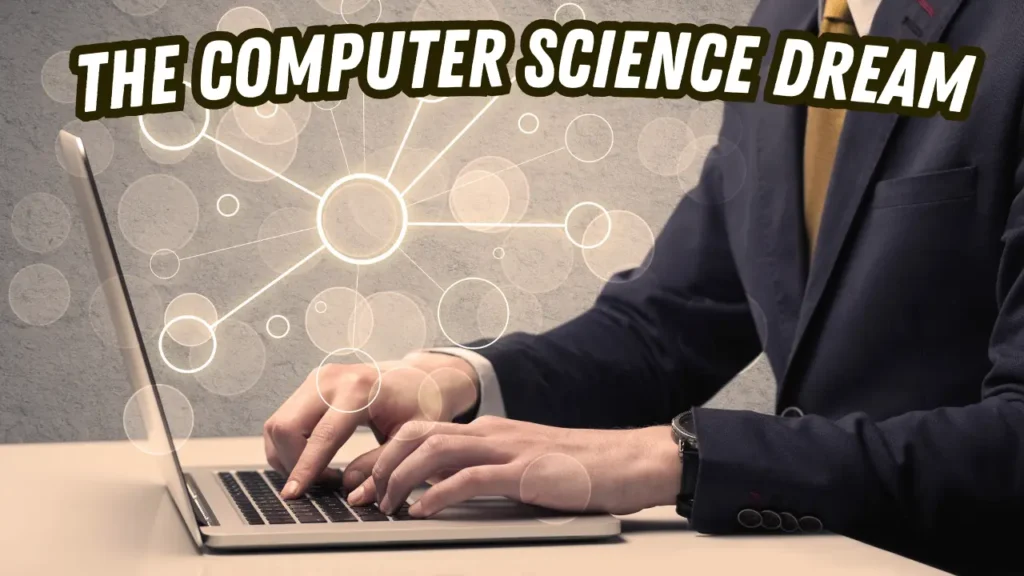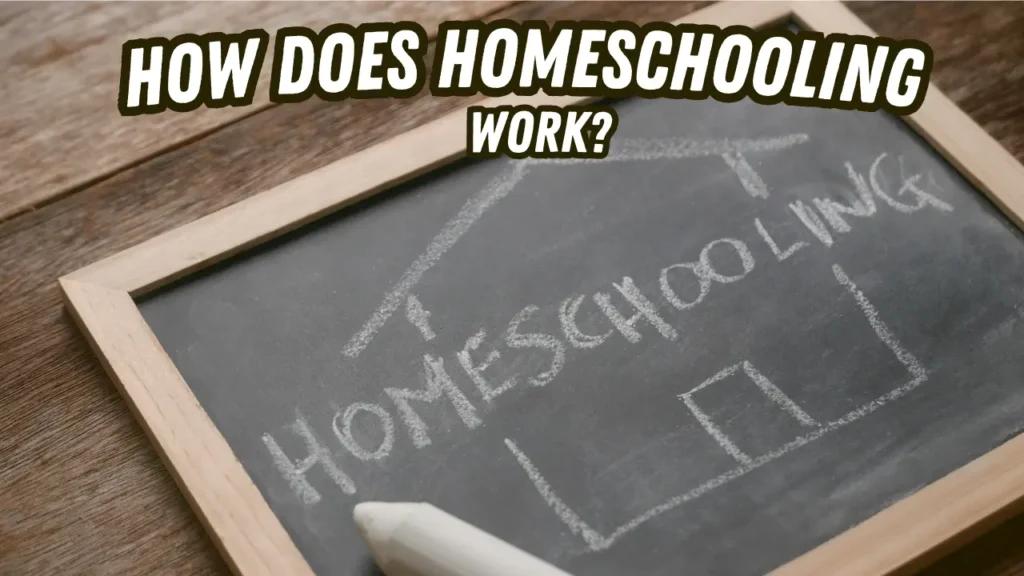Trump’s AI Education Initiative: Bridging the Digital Divide or Widening the Gap?
The AI Education Revolution That Teachers Aren’t Ready For
As technology continues to shape every aspect of our lives, the launch of Trump’s AI Education Initiative has sparked important conversations among parents, educators, and policymakers. Will this national push toward artificial intelligence in education effectively bridge longstanding digital divides, or risk leaving more students behind? In this blog, we dive into the key components of the initiative, evaluate its potential impact on homeschool families, and offer practical guidance for parents seeking to ensure their children are equipped for the opportunities, and challenges of tomorrow’s digital world.
Key Highlights
- Trump’s AI Education Initiative aims to boost AI literacy and workforce readiness for all students by 2025.
- The initiative promotes partnerships between federal agencies, tech companies, and schools to increase access to AI education.
- Homeschool families gain flexible access to AI resources, but regional disparities and funding gaps pose ongoing challenges.
- Parents are encouraged to use checklists and engage directly with educators to maximize program benefits for their children.
- Cultural perspectives reveal both opportunity and concern, highlighting the importance of advocacy for equitable AI education.

Understanding Trump’s Artificial Intelligence Education Initiative
As American education shifts to meet the demands of the digital era, the Trump administration’s recent push for artificial intelligence education stands at the forefront of conversations about workforce development and equity. Centered around a bold executive order, the initiative promises to transform technology learning through a comprehensive education policy that spotlights AI literacy, registered apprenticeships, and new resources for both students and parents.
Whether you’re homeschooling, considering private alternatives, or questioning how federal education decisions impact your child, understanding the administration’s vision for 2025 will help every parent navigate what’s ahead for American students and the evolving world of AI education.
What Parents Should Know About the Administration’s Vision for 2025
The Trump administration’s artificial intelligence education initiative is much more than just an executive order—it’s a blueprint designed to equip students and the American workforce with AI literacy for a rapidly changing world. As a homeschool mom and engineer, I can see how vital it is that parents stay informed about every step of this evolving education policy. President Trump’s vision emphasizes woven partnerships between the federal education system, technology companies, and the administration’s appointed task force, ensuring that the AI initiative isn’t just focused on theory but real-world readiness and skills development.
What makes this program unique is its effort to blend workforce development with classroom learning, offering resources and registered apprenticeships that align with the needs of both students and the American worker. The administration’s order calls on the education secretary, directors, and executives to shape AI education by investing in training opportunities that prepare young people for tomorrow’s jobs. Parents should look for new federally backed programs that support both practical and theoretical AI learning, utilizing technology as a tool for empowerment rather than a source of inequity.
With 2025 as a milestone, the initiative encourages parents, students, and small business owners alike to engage with these programs to ensure every child, regardless of their traditional school experience, can thrive in a tech-driven future. Keep an eye out for AI curriculum resources and seek out partnerships with innovative companies, as the administration’s actions signal a pivotal shift for homeschooling families prioritizing forward-thinking education.
Opportunities and Challenges in AI Education for Middle and High School Students
As AI education takes center stage in American classrooms, parents of middle and high school students are beginning to weigh both the immense opportunities and the complex challenges that Trump’s new initiative brings. While the promise of artificial intelligence and technology training offers students a pathway to workforce readiness and relevant skills development, it’s equally important to recognize potential barriers in implementation and access. For homeschooling families and small business owners, navigating executive programs and resources can feel daunting, but understanding both the transformative prospects and the pitfalls allows parents and educators to strategically support their students’ unique learning journeys.
How the Initiative Could Transform Student Learning Experiences
Trump’s AI education initiative has the potential to fundamentally transform the way middle and high school students experience learning by making artificial intelligence and technology an integral part of the curriculum. The order aims to develop AI literacy by offering tailored training and education resources that align with both classroom settings and practical real-world industry applications.
Educators and parents, especially within homeschooling circles, now have access to new programs that foster opportunities for active engagement in workforce development. This focus on holistic student development, blending academic knowledge with technology and hands-on experiences, introduces new ways for students to connect with the rapidly evolving workforce.
For homeschool families, the initiative means greater flexibility in accessing industry partnerships and up-to-date resources, which can directly impact learning experiences. By creating pathways for direct industry engagement, registered apprenticeships, and specialized AI education opportunities, the initiative encourages personalized learning that adapts to each student’s strengths and aspirations. Of course, challenges remain. Many families still struggle with access to technology, ongoing educator training, and the variability in implementation across regions and school types. However, for those committed to helping their students gain a foothold in tomorrow’s workforce, the initiative opens doors to education programs previously out of reach. Supporting students through these changes calls for collaboration between parents, educators, and the technology sector, ensuring learning experiences are as dynamic and inclusive as the new world of AI itself.
Strategic Partnerships and Funding Gaps in the Educational Landscape
The foundation of Trump’s AI education initiative rests on strategic partnerships between the federal education system, industry leaders, and technology companies. Yet, while these collaborations spark hope for expanded resources and workforce-driven learning, many parents and educators are left wondering whether these alliances can bridge long-standing funding gaps or if they’ll inadvertently widen existing disparities.
Drawing from recent efforts by the administration, executive orders, and direct involvement from presidents, directors, and executives, this section critically examines how new partnerships and funding mechanisms may impact access and opportunities for students, especially those in the homeschool community, small businesses, and regions traditionally underserved by federal education programs.
Evaluating How New Partnerships and Funding Will Affect Access
As a homeschool mom and small business owner, I know how crucial access to resources and funding can be for shaping meaningful educational opportunities. With the administration’s renewed push for strategic partnerships that involve industry, education, technology companies, and federal agencies, there’s a genuine promise to bring AI education to more students across America. The executive order creates a framework for industry partnerships, involving directors and executives from both private companies and federal education programs to allocate resources more equitably. Ideally, these partnerships should target funding gaps that have left rural, low-income, and homeschool students with fewer opportunities for hands-on learning and registered apprenticeships. However, implementation is rarely straightforward.
Companies may prioritize regions or schools already positioned to succeed, and without clear oversight from administration leaders, president-appointed directors, or program executives, existing funding gaps could persist or even grow. The goal is for partnerships to foster real, lasting access, not just for public schools, but for homeschool families and small businesses eager to offer innovative AI education pathways.
As parents, we’re watching to see whether federal education leaders, and the labor and industry partners guiding this order, will address underlying inequities or reinforce old patterns by funneling resources where they’re needed most. For families seeking to engage with new educational opportunities, it’s important to stay connected with both administration directives and direct channels to companies and industry partners. Seek out grants, apprenticeships, and pilot programs that prioritize underserved communities.
From my perspective as a homeschool mom and engineer, the arrival of artificial intelligence in education presents both excitement and concern across our community. While AI education is touted by the administration as a solution to modern workforce development and a way to ensure our students keep up with rapid technology advancements, many parents are left questioning the true opportunities and challenges this shift brings.
Having often relied on customized curricula and a close-knit network of homeschool educators and small businesses, we now face new layers of complexity. The push for AI literacy means constantly evaluating the quality of available resources, vetting technology companies for alignment with our educational values, and forming meaningful partnerships with industry leaders rather than simply following directives from a federal director or executive order.
For homeschooling families, there’s real potential in embracing AI education: access to unique resources, industry-insider knowledge, and opportunities for our children to engage with technology that will define their future. Still, the rapid shift from traditional schooling can leave many parents and educators feeling unprepared, especially as programs roll out faster than training can keep up. The administration’s executive focus has opened doors for new development, but equally, it’s created hurdles in accessing high-quality training and inclusive resources, particularly for families outside major metropolitan areas.
As a mom, it’s my hope and responsibility, to bridge the gap by sharing insights, leaning into community-based educator groups, and advocating for ongoing professional development so that all students, regardless of their schooling path, can benefit from these groundbreaking changes. For parents eager to make the most of this moment, staying connected to both policy-level opportunities and grassroots homeschool networks is essential. Don’t hesitate to reach out to directors, program admins, and technology companies offering AI education for families; your proactive engagement ensures that the shift doesn’t widen the divide, but builds real momentum for every learner.
As parents navigating the ever-changing landscape of education, it’s vital to critically assess whether Trump’s AI Education Initiative truly bridges the digital divide or inadvertently leaves some students behind. By staying informed, voicing our needs, and advocating for inclusive solutions, we can help shape programs that uplift every learner.
Curious how this evolving initiative could impact your homeschool journey? Sign up for our newsletter to see how I incorporate focused curriculum that ensures your child thrives, no matter how the policy landscape shifts.
Together, let’s champion a future where every student has meaningful access to learning opportunities.




